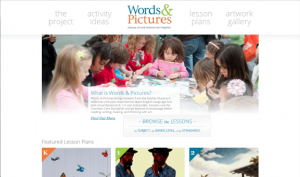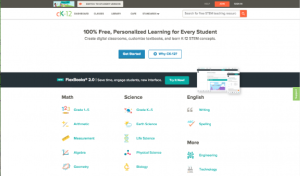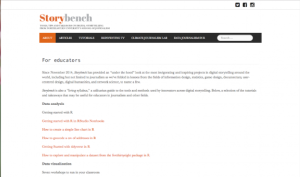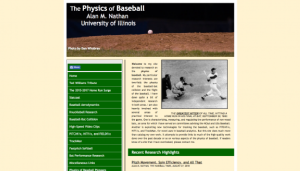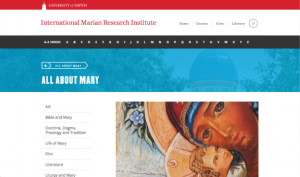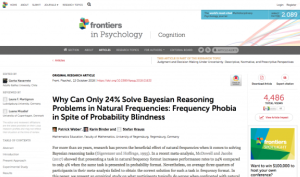General Interest
Back to Top
|
 |
|
A Map of Every Building in America
|
Social studies |
|
As the authors of this October 2018 article point out, not too many years ago, the maps we used for planning driving routes were the large fold-out kind that gave us the bigger picture and "connected us to the places" we were traveling to and through. Reminiscent of that once common birds' eye view, The New York Times published "A Map of Every Building in America." This interactive map and its accompanying text were created by Tim Wallace, Derek Watkins, and John Schwartz, who used a large database of building footprints in all 50 US states that Microsoft released to the public earlier this year. Here, readers can explore "the built legacy of the United States" by typing any US city or ZIP code into the map's search bar. To reach a more specific view, users can drag the map and click or tap the on-screen zoom tools. Below the interactive map, the authors highlight seven views that exemplify "what the map reveals about the structures that surround us," such as "The Imprint of Geology" in Appalachia and "A Nation of Suburbs" in Mesa, Arizona. [JDC] |
|





|
|
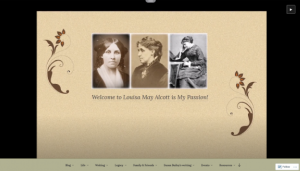 |
|
Louisa May Alcott is My Passion
|
Language Arts |
|
Admirers of any of Louisa May Alcott's novels, or fans of nineteenth-century literature, would do well to explore the blog that has been lovingly curated by Susan Bailey. Louisa May Alcott is My Passion contains a wealth of information about the life of the author, which includes biographies of Alcott for both children and adults, journals and letters, Alcott's ideas on feminism and transcendentalism, and so much more. The blog features contributing authors, highlights from related blogs, and posts that highlight related events, such as the 150th anniversary of the publishing of Little Women. The most recent blog post is a question-and-answer interview with Australian author Trix Wilkins, who wrote, "Why Jo Says No (and Why We Care)," included in the anthology Alcott's Imaginary Heroes: The Little Women Legacy. In addition to numerous resources about the life of Alcott and the time period in which she lived and wrote, Bailey provides links under the resources tab to related subjects. Included in this section is a link to the Fruitlands Museum, which is a National Historic Landmark and was the site of the experimental "utopian" community co-founded by Bronson Alcott, Louisa's father. [JLB] |
|





|
|
 |
|
British Library: LGBTQ Histories
|
Social studies |
|
The British Library has created this excellent resource that "charts the struggles for love, identity and legislative change faced by LGBTQ communities in the UK" going all the way back to the 1500s. Here, readers will find a well-organized selection of articles, items from the library's collection, people, a timeline, and works of literature, all relevant to British LGBTQ history. Visitors can browse these materials via the tabs at the top, or they can use the search tab to explore all the items in the LGBTQ Histories site by keyword or by fields such as theme, date range, format, and occupation. One of the featured items is the original manuscript of "De Profundis," Oscar Wilde's famous letter to his lover Lord Alfred Douglas, written during 1896-1897 while Wilde was imprisoned. A more recent example is a 36-minute sound recording of a January 2018 conversation and interview between three transgender activists and Steven Dryden, the British Library's Broadcast Recordings Curator. Four of the British Library's recent blog posts relating to LGBTQ history are also featured at the bottom of this site's main page. [JDC] |
|





|
|
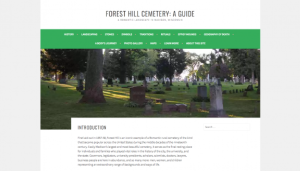 |
|
Forest Hill Cemetery: A Guide
|
Social studies |
|
In many places, cemeteries can be taken for granted as a ubiquitous part of the landscape, but for those who look deeper, they also offer a valuable avenue for examining the societies that use them as well as the landscape itself. Forest Hill Cemetery: A Guide was created in this frame of mind. This resource offers visitors in-depth explorations of multiple perspectives on Forest Hill Cemetery in Madison, WI, "an iconic example of a Romantic rural cemetery of the kind that became popular across the United States during the middle decades of the nineteenth century." Here, readers can learn about the cemetery's cultural aspects, such as its diverse traditions, rituals, and symbols, as well as the Native American effigy mounds that existed "long before Forest Hill itself was laid out." This resource also examines Forest Hill's landscape, such as the plants within it and the aesthetic roots of its design, and looks at how cemeteries operate from a practical perspective. The lengthy list of resources under the learn more tab provides helpful direction for curious readers. Forest Hill Cemetery: A Guide was created in 2015 by a team of University of Wisconsin-Madison graduate students led by Bill Cronon, Professor of History, Geography, and Environmental Studies. [JDC] |
|





|
|
 |
|
Asia Art Archive
|
Arts |
|
Visual arts scholars, educators, and aficionados will likely find much to interest them in the Asia Art Archive (AAA). Based in Hong Kong, this resource focuses on primary and secondary materials about contemporary Asian art with most of its collection being from the mid-1990s and the 2000s. Visitors to the AAA's website, newly launched in 2017, will find a wealth of resources to explore. The ideas section features essays, conversations, collection spotlights, and notes on contemporary art and art history that are published on a regular basis. The collection section is organized into research and library items, with the former containing (at the time of this writing) over 28,000 searchable items in 37 focused collections of primary material, most of which have been digitized, and the latter containing over 44,000 items, of which more than 7,000 can be accessed online. Educators and scholars will also want to explore the resources section, where they will find videos, scholarly papers, datasets, bibliographies, and more. An independent nonprofit, the Asia Art Archive was founded in 2000 by Claire Hsu and Johnson Chang "to document and make accessible the multiple recent histories of art in the region." [JDC] |
|





|
|
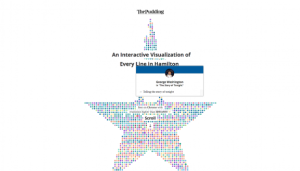 |
|
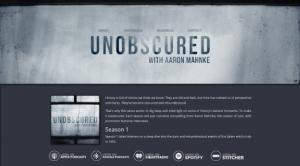 |
|
Unobscured
|
Social studies |
|
Aaron Mahnke, the creator of the podcast Lore released a new spinoff, Unobscured, in early October 2018. Unlike Lore, which explores eerie tales every episode, Unobscured delves into a historic event as a theme for its entire season. The first season of Unobscured is about the 1692 Salem witch trials, and Mahnke includes interviews with researchers and historians in his narrative. In the first episode, listeners learn about the origin of Salem Town and Salem Village, and how the tension between the two communities becomes the "dry kindling [in which] the match is about the be struck." Unobscured's haunting soundtrack is composed by Chad Lawson, with lead research being performed by Carl Nellis, and Matt Frederick and Alex Williams serving as producers and engineers. A list of sources for each show is listed on Unobscured's website, along with short bios of each interviewed historian. Interested visitors can listen to Unobscured via the main site or on various podcast platforms, such as Apple Podcasts and Stitcher. Unobscured is slated to release new episodes throughout autumn 2018, so stay tuned. [JLB] |
|





|
|
 |
|

